The American Civil Rights Movement : Explore the pivotal moments in the fight for equality with our comprehensive Civil Rights Movement timeline. Explore the heroes and challenges.
The American Civil Rights Movement : Introduction
The American Civil Rights Movement : The American Civil Rights Movement, spanning from the mid-1950s to the late 1960s, was a pivotal era in U.S. history marked by the tireless efforts of individuals and organizations to dismantle racial segregation and discrimination. Led by iconic figures such as Martin Luther King, Jr., the movement aimed to secure equal rights and opportunities for African Americans. This timeline highlights key events that shaped the trajectory of the civil rights struggle and its ongoing impact on American society.
ALSO READ : The Venus Flytraps : The Fascinating World Of Carnivorous Plants
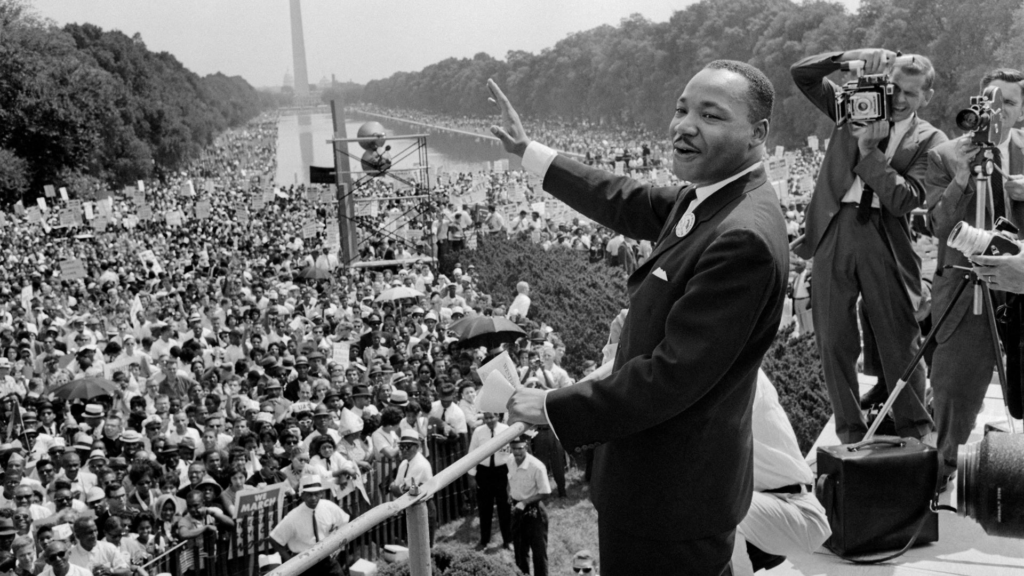
1954: Brown v. board of education
The American Civil Rights Movement : The catalyst for the civil rights movement occurred on May 17, 1954, when the U.S. Supreme Court issued a groundbreaking ruling in Brown v. Board of Education of Topeka. This landmark decision declared racial segregation in public schools unconstitutional, overturning the infamous “separate but equal” doctrine established by Plessy v. Ferguson in 1896. Although specifically addressing schools, the ruling implied broader implications for segregation in public facilities.
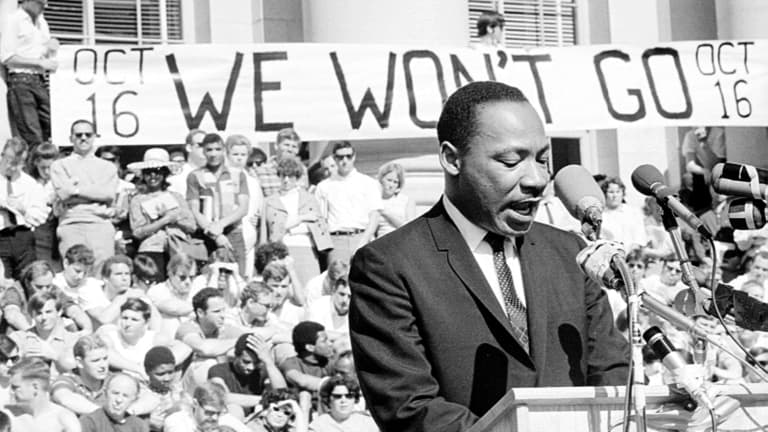
1955 : Rosa parks and the Montgomery bus boycott
The American Civil Rights Movement : On December 1, 1955, Rosa Parks, a courageous African American activist, refused to surrender her bus seat to a white passenger, igniting the Montgomery Bus Boycott. Martin Luther King, Jr., emerged as a central figure in the boycott, which lasted over a year and led to a Supreme Court decision declaring segregated seating on public transportation unconstitutional.
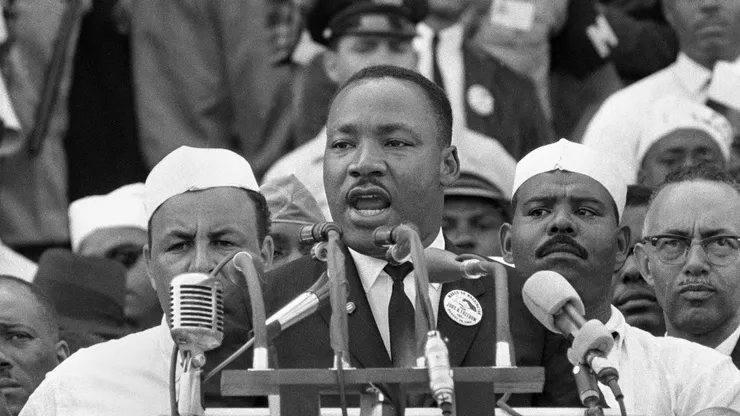
1957 : The Little Rock Nine and School Integration
In September 1957, the Little Rock Nine faced violence and resistance as they entered the previously all-white Little Rock Central High School. Despite confrontations with a hostile mob and the Arkansas National Guard, these nine brave students persevered, bringing national attention to the struggle between federal and state power in enforcing desegregation.

1960 : The Greensboro Four and the Sit-In Movement
The Greensboro Four initiated the sit-in movement on February 1, 1960, by peacefully protesting segregation at a Woolworth’s lunch counter. Their actions sparked a nationwide wave of sit-ins, leading to the desegregation of public facilities and marking a significant step toward dismantling institutional racism.
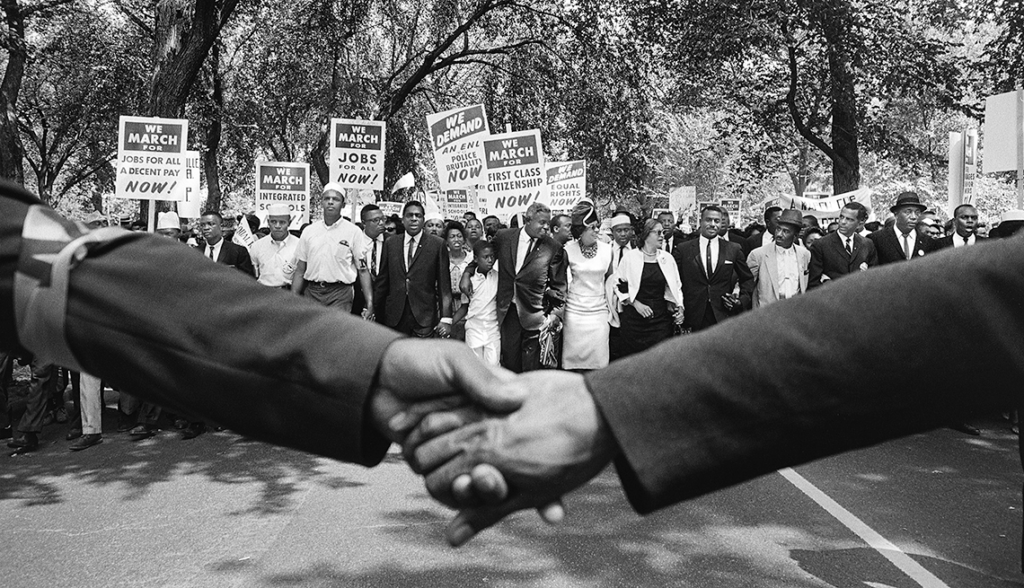
1960 : Ruby bridges and New Orleans school integration
Six-year-old Ruby Bridges faced hostility as she integrated William Frantz Elementary School in 1960, becoming a symbol of courage in the face of adversity. Her story highlighted the resistance to school desegregation but also demonstrated the potential for change through perseverance.
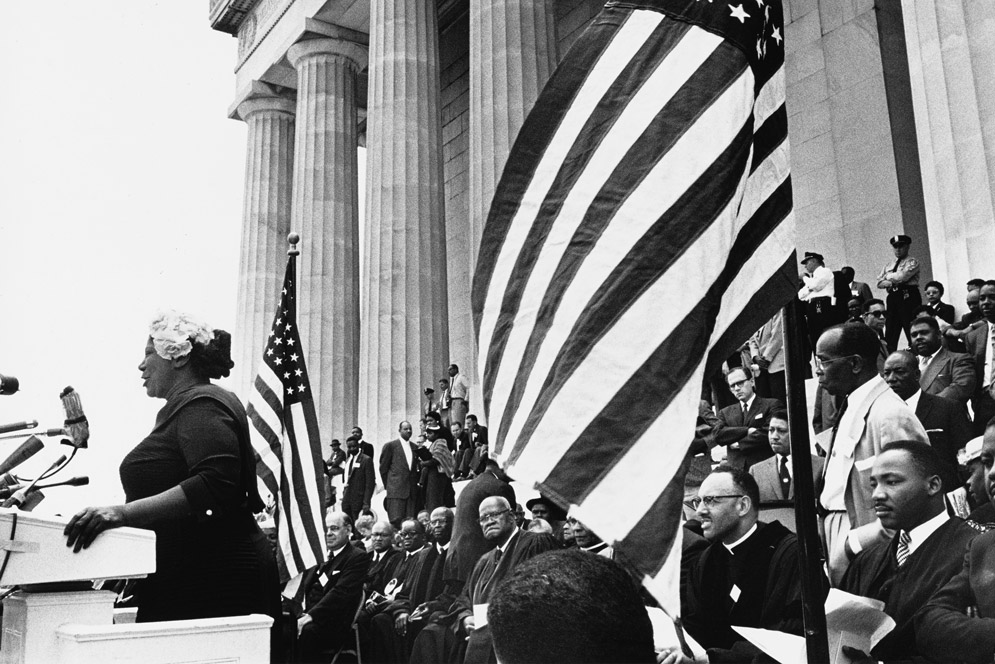
1961 : Freedom rides
In May 1961, Freedom Riders challenged segregation on interstate buses and facilities. Facing violence and arrests, these activists played a pivotal role in prompting the federal government, under U.S. Attorney General Robert F. Kennedy, to enforce stricter bans on segregation.
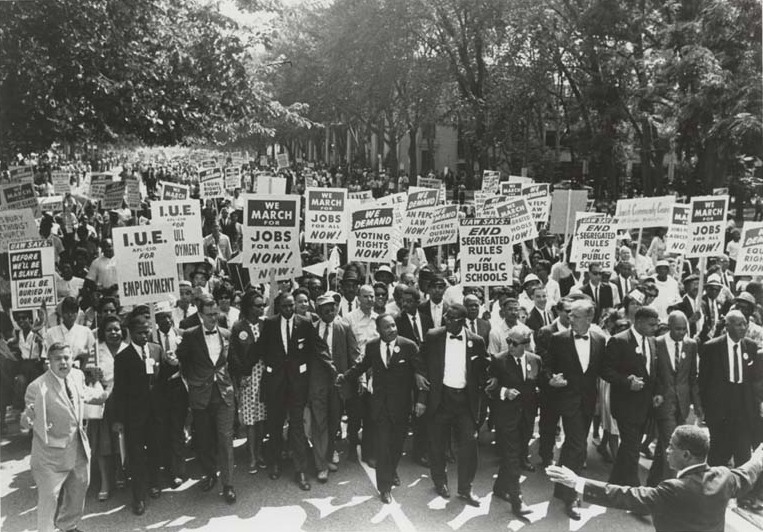
1963 : Birmingham demonstrations
The Birmingham campaign, led by Martin Luther King, Jr., in 1963, aimed to dismantle segregation in the city. The use of nonviolent protests, sit-ins, and marches brought national attention and prompted President John F. Kennedy to propose comprehensive civil rights legislation.
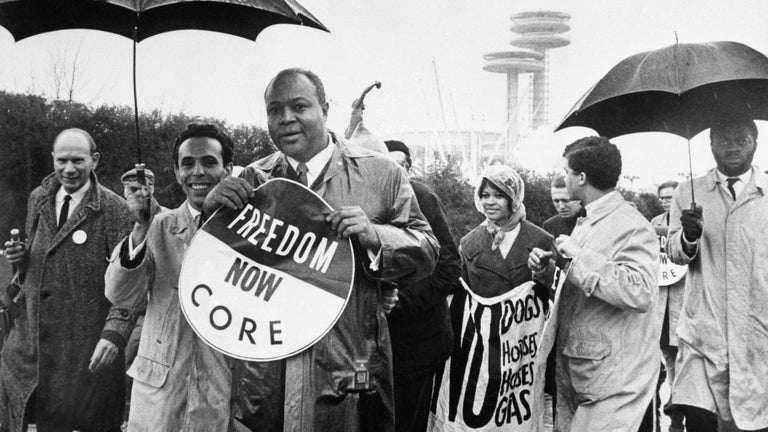
1963 : March on Washington
The March on Washington for Jobs and Freedom on August 28, 1963, attracted a quarter of a million people to the National Mall. Martin Luther King, Jr., delivered his iconic “I Have a Dream” speech, calling for an end to racial injustice and economic inequality.
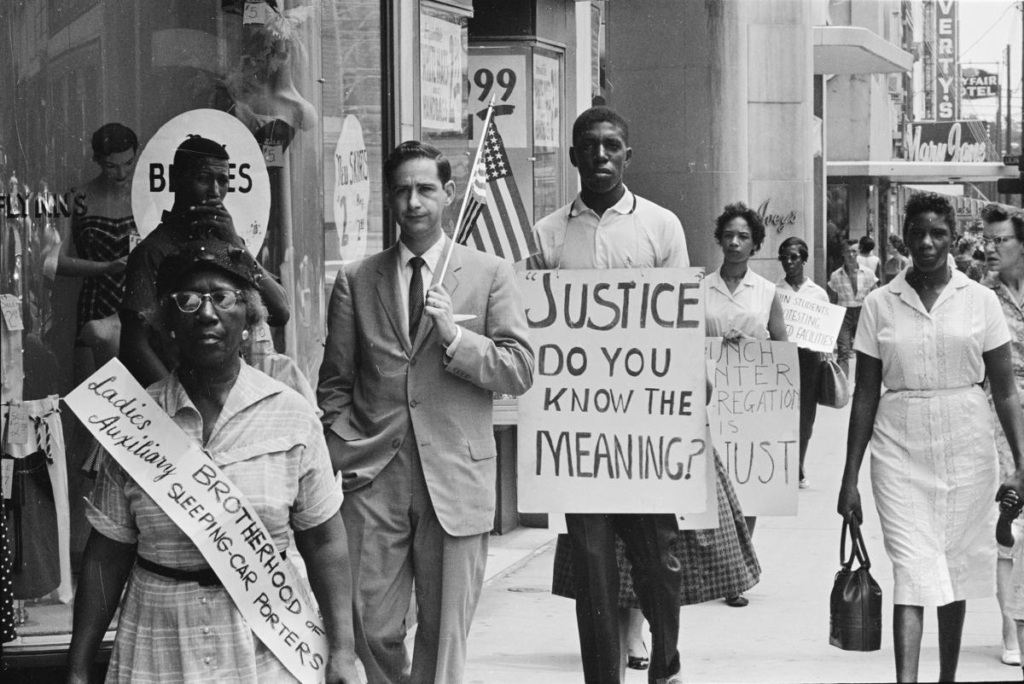
1964 : Civil rights act
On July 2, 1964, President Lyndon B. Johnson signed the Civil Rights Act into law, prohibiting racial discrimination in employment, voting, and public facilities. This legislative triumph marked a significant victory for the civil rights movement.
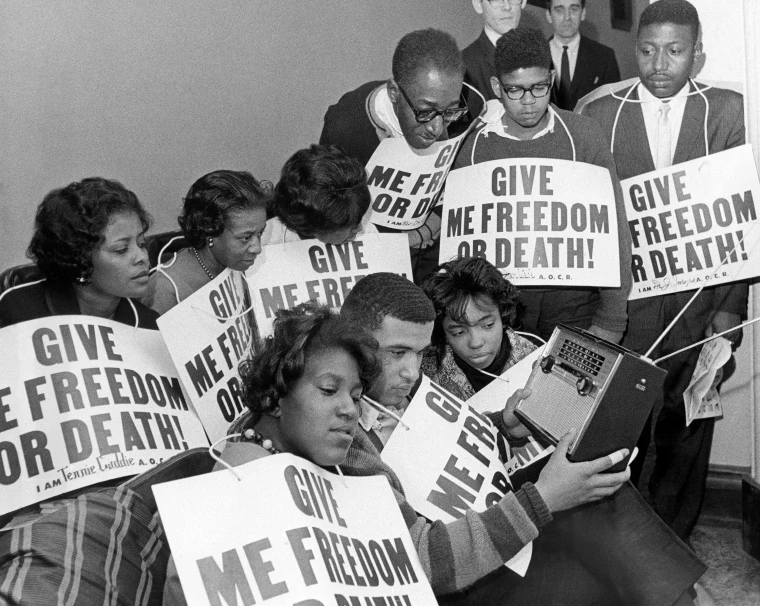
1965 : Assassination of Malcolm X
On February 21, 1965, the influential Black leader Malcolm X was assassinated, leaving a void in the civil rights landscape. His ideas contributed to the development of Black nationalist ideology and the Black Power movement.
1965 : Selma March
Martin Luther King, Jr., led the Selma to Montgomery march in March 1965, advocating for federal voting rights legislation. The violence faced by marchers, televised nationally, prompted the introduction of the Voting Rights Act later that year.
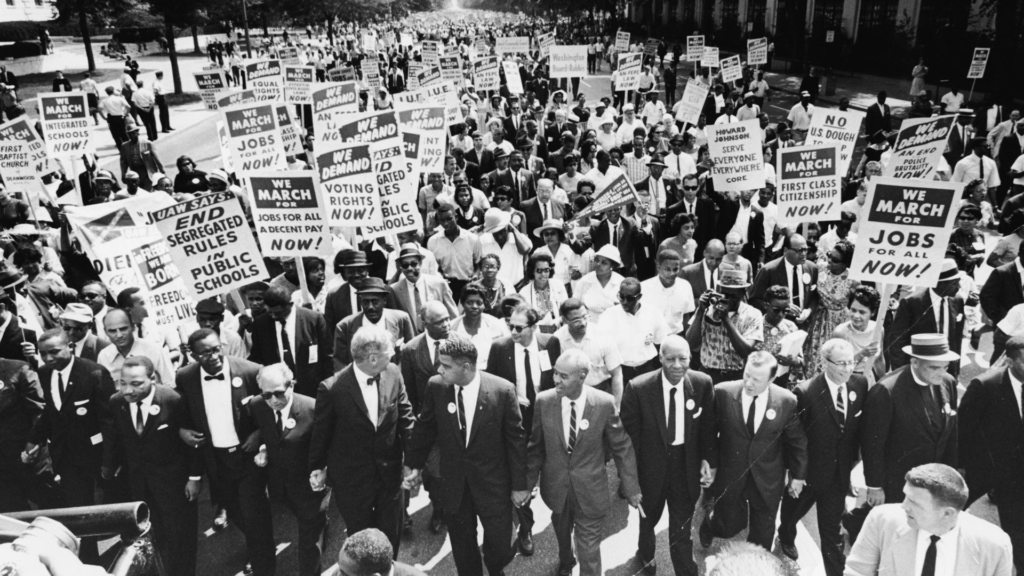
1965 : Watts Riots
The Watts Riots in August 1965 highlighted the economic challenges facing African Americans in urban centers. Sparked by a police incident, the violence underscored the need for addressing systemic issues beyond legislative changes.
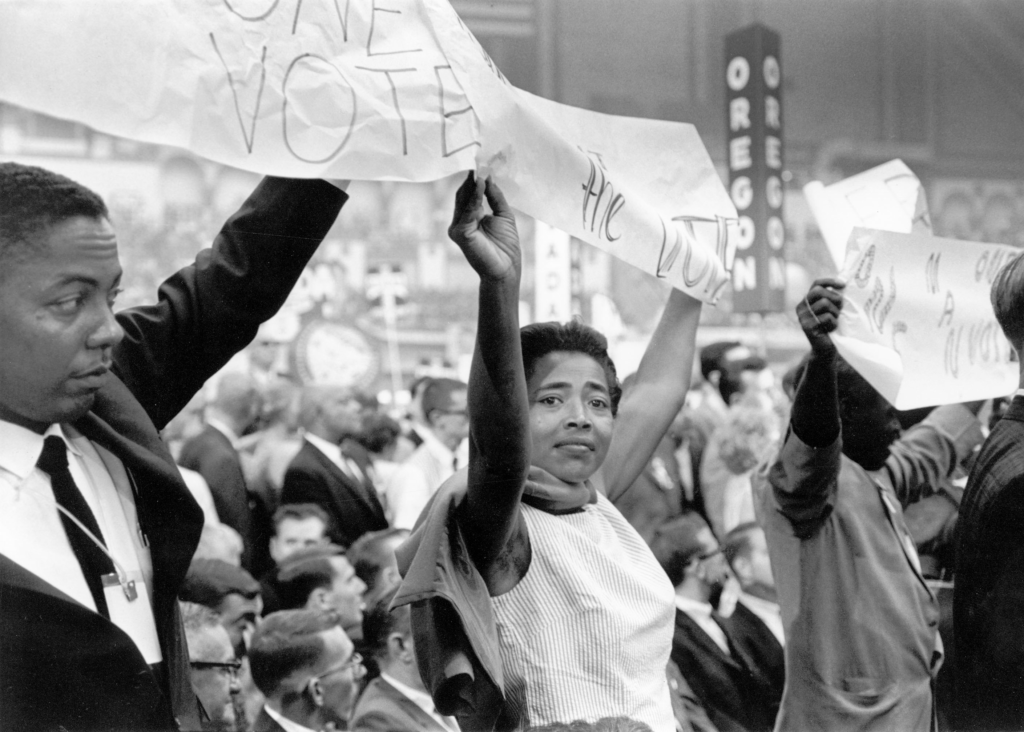
1966 : Black panther party founded
In response to Malcolm X’s assassination, Huey P. Newton and Bobby Seale founded the Black Panther Party in 1966. The party aimed to address economic problems facing African Americans and became a target of government surveillance.
1967 : Loving v. Virginia
The Supreme Court’s ruling in Loving v. Virginia on June 12, 1967, struck down laws prohibiting interracial marriage, affirming the right to marry as a basic civil right.
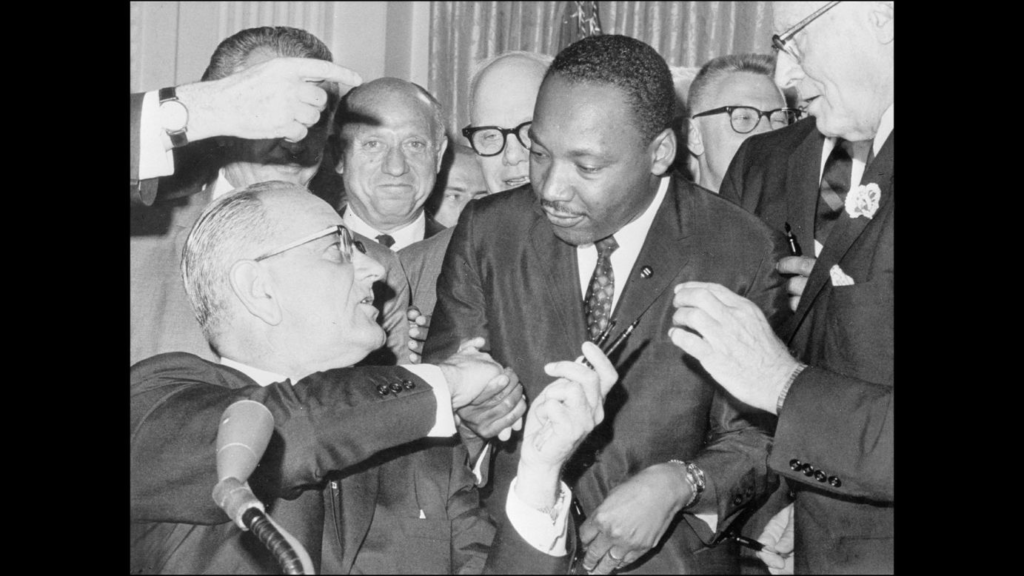
1967 : Detroit Riot
Violent clashes in Detroit in July 1967 exposed deep-seated issues of racism, discrimination, and poverty. The Kerner Commission, appointed by President Johnson, emphasized these factors as root causes of urban uprisings.
1968 : Assassination of Martin Luther King, Jr.
The assassination of Martin Luther King, Jr., on April 4, 1968, sent shockwaves across the nation. Riots erupted, leading to the passage of the Fair Housing Act, which sought to address housing discrimination.
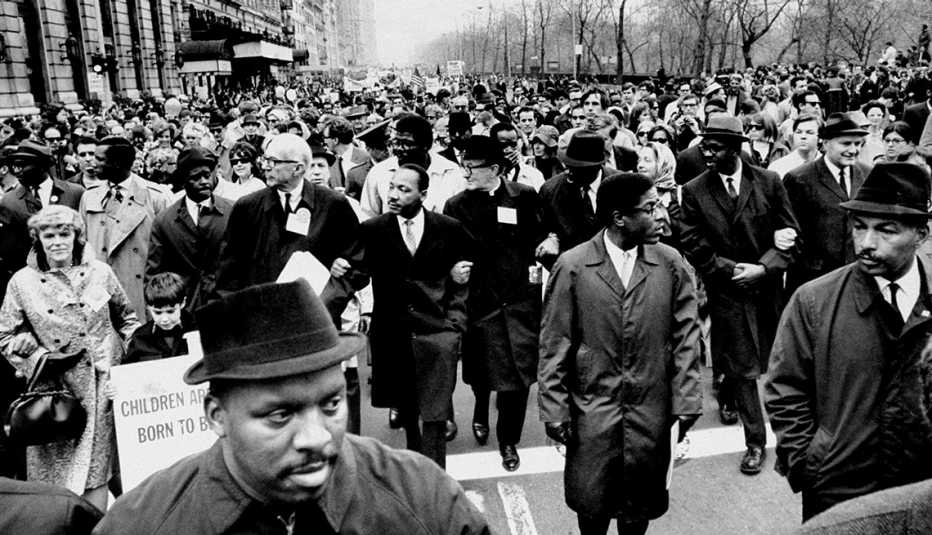
Conclusion
The American Civil Rights Movement left an indelible mark on U.S. history, challenging societal norms and prompting legislative changes. While significant progress has been made, the struggle for equality continues, emphasizing the importance of acknowledging historical injustices and actively working towards a more just and inclusive society. The sacrifices and achievements of those who fought for civil rights serve as a reminder of the ongoing pursuit of equality in the United States.
To explore more news : Click Here
ALSO READ : 9 Of The World’s Deadliest Snakes : A Closer Look At Nature’s Most Dangerous Predators




































